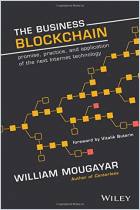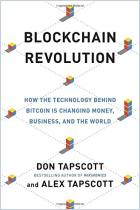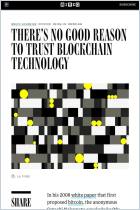
Read or listen offline
Amazon Kindle
résumé audio créé automatiquement
1×
Connectez-vous pour écouter un résumé audio.
résumé audio créé automatiquement
Recommendation
Ask a sample of CEOs and government officials about innovation, and invariably the topic of blockchain will come up. The technology is already at work in health care, finance, supply chain management and more, but professor Kevin Werbach assesses the landscape and future of blockchain from the perspective of its governance. He examines how stakeholders are advancing the technology amid calls by many to police it. Officials, executives and business owners will find this a broad look at a pioneering development in commerce and society.
Summary
About the Author
Kevin Werbach is a professor of legal studies and business ethics at the Wharton School, University of Pennsylvania.

















Comment on this summary